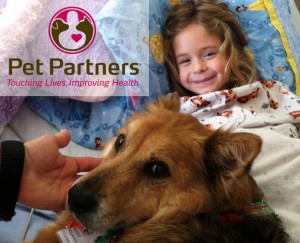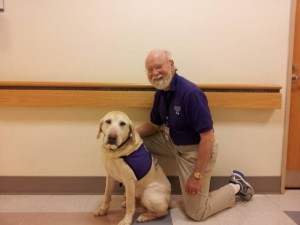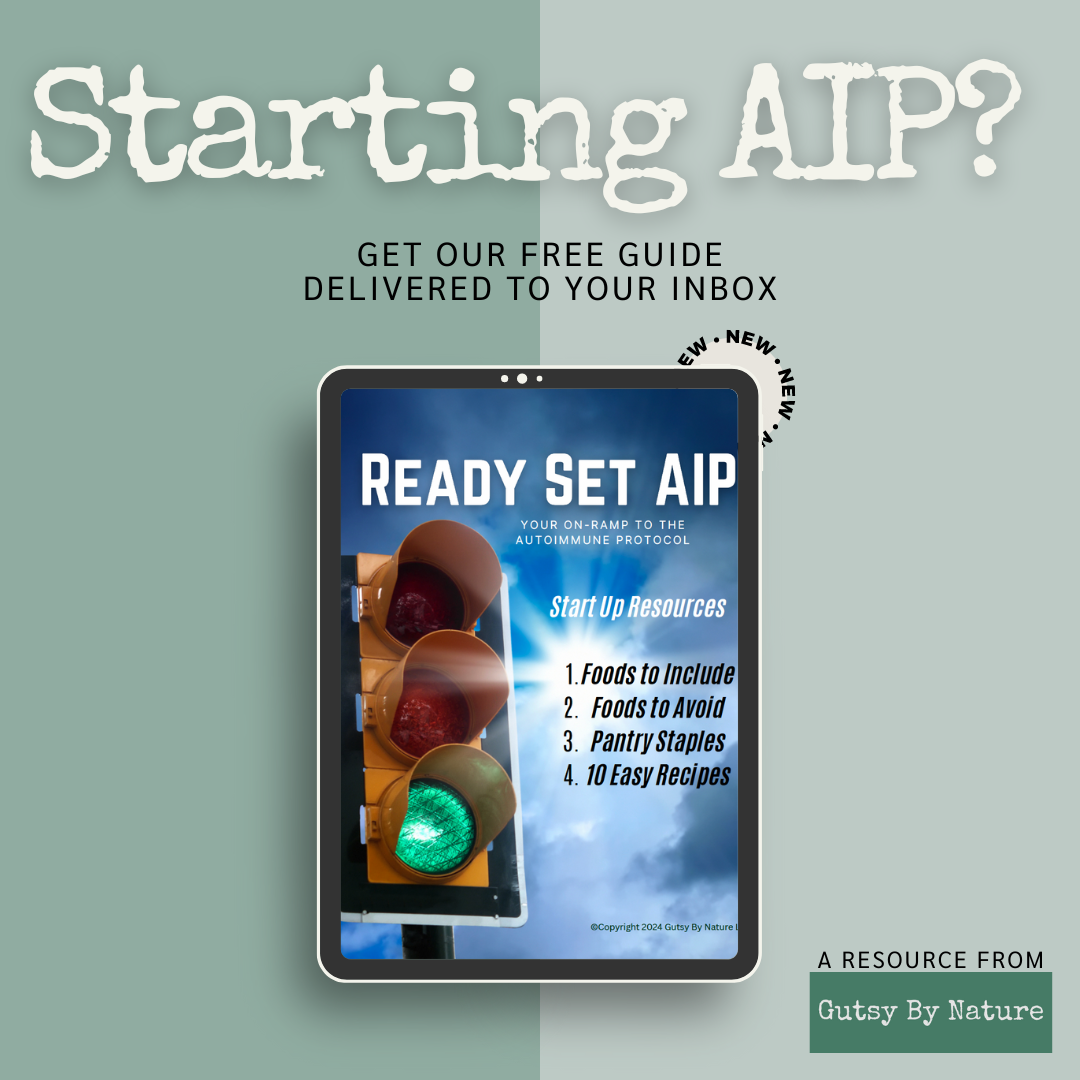One of my big projects this fall is to begin the process of getting certified to do animal-assisted therapy (AAT) with our dog Lily. This has been a goal of mine for several years now and I’m excited that it is finally becoming a reality! I took the handler class through Pet Partners last week and Lily and I will get our first crack at the evaluation this weekend. I’m not entirely confident that we are ready, but I won’t really know what we need to work on until we try it. Lily is still young – just a couple months past the minimum required age of 1 year – and I’ll be the first to admit that her training has not been entirely consistent. But she is a sweet dog and very smart, so I’m sure that she’ll be great at it eventually. More importantly, it is something that I feel compelled to do as a way to complete my emotional recovery and return to true health.
What is Animal-Assisted Therapy?
 Animal-Assisted Therapy (AAT) is the formal name for what is often informally called “pet therapy” (professional therapists discourage the use of this term because it has also been used to refer to animal behavior training programs and can be confusing). AAT is a goal-directed intervention in which an animal that meets specific criteria is an integral part of the treatment process. The therapy is directed by a health professional with specialized expertise and is designed to promote improvement in human physical, social, emotional, and/or cognitive functioning.
Animal-Assisted Therapy (AAT) is the formal name for what is often informally called “pet therapy” (professional therapists discourage the use of this term because it has also been used to refer to animal behavior training programs and can be confusing). AAT is a goal-directed intervention in which an animal that meets specific criteria is an integral part of the treatment process. The therapy is directed by a health professional with specialized expertise and is designed to promote improvement in human physical, social, emotional, and/or cognitive functioning.
According to Pet Partners, AAT may be used for goals as diverse as improving physical abilities such as balance and fine motor skills, mental health outcomes like increasing self-esteem and reducing anxiety, educational goals like aiding in short and long term memory, and motivational goals like willingness to exercise. AAT happens in rehabilitation centers, outpatient facilities, prisons, schools, and hospitals.
My personal experience with Animal-Assisted Therapy
I experienced AAT in a hospital, during a very dark period in my life when I was really fighting the urge to just give up emotionally. I had already had five abdominal surgeries on my large and small intestines in the previous two years, with all but one of them having been major disasters and was stuck in the hospital, unable to eat or eliminate normally. I was hooked up to a feeding machine and my guts were literally spilling out of a hole in my belly. Additional surgeries would be in my future and would eventually get me back to a near normal state, but at the time I didn’t know that. No one could tell me how long I would be there or whether I would ever recover and I was sinking into a dark depression.

And then a beautiful yellow labrador retriever named Miles walked into my room. I don’t remember much about that first visit, or any of the others that followed, except that just being in the room with Miles made the dark cloud start to lift. He he was a little piece of normal in a time and place filled with pain and horrifyingly abnormal realities, like leaking ostomy bags. With Miles and his handler in the room, all of that faded away and I was just able to be an animal lover petting and admiring a sweet dog who reminded me of my dog at home and reminded me that I did want to get well. With that motivation, I returned to my physical therapy walks, I started thinking positively, I learned how to care for my ostomy and administer my own IV nutrition, and eventually returned home to get strong enough for the surgery that returned my digestive function. (Read more about my medical journey here.)
Giving back (and getting something too)
Now I want to pay that gift forward by becoming a certified team with Lily and return to that same hospital as a healthy person. It’s about giving back, but it is also part of my own healing journey. Physically, I’m doing well now, thanks in large part to my healthy paleo diet. But I still struggle emotionally at times. I vacillate between anger and acceptance, between grief and gratitude. Walking back into that hospital is as much therapy for me as it will be for the patients Lily and I get to work with.
The evaluation
Lily is a very energetic dog and loves to meet new people. These are positive traits, but are also what I’m afraid will get in the way of her being able to pass the test. First of all, she has to pay attention to my commands in an environment that is brand new to her (and without a treat to bribe her into doing them!). She has to be able to walk with me on a loose leash, sit on command, and greet a friendly stranger without jumping up on them or otherwise invading their space. If she can do all of that, the final challenge will be to allow a neutral dog to pass her without trying to visit with it. Considering that just this morning she spun around on her leash like a maniac when she saw a friendly little westie on the other side of the street, I’m not all that confident about that part of the evaluation!
But at the moment she is nuzzled next to my elbow, sleeping peaceful as I type. I can see her providing the same joy to a hospitalized person feeling that same uncertainty and anxiety I experienced and I’m determined to work with her until she is ready.


